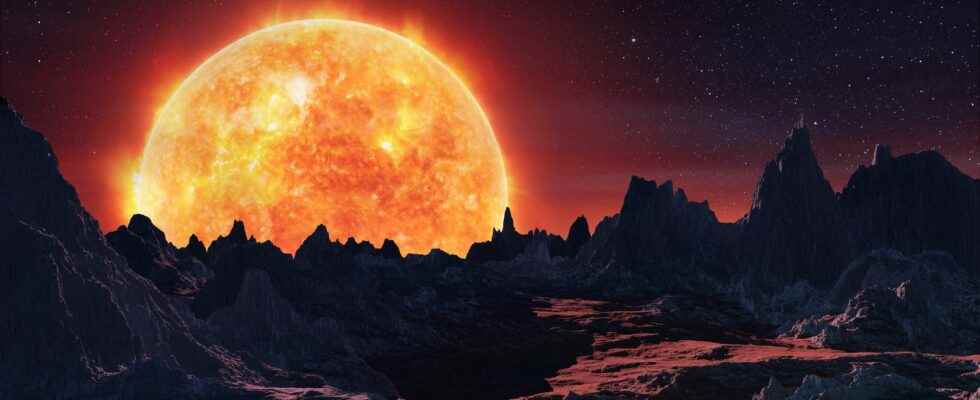You may also be interested
[EN VIDÉO] Mission Gaia: the Milky Way soon to be mapped ESA’s Gaia mission has measured the positions and velocities of a billion stars in the Milky Way. This will make it possible to reconstruct the history of our Galaxy, to better understand its structure but also to go on a hunt for dark matter and exoplanets.
The dazzling progress of nuclear astrophysics after the Second World War, complementing the equally rapid constitution during the 1930s of the theory of stellar structure, gave us the keys to the life and death of starsand therefore of course the one that concerns us the most: the Sun.
There are still several unknowns on these subjects and we know that the third phase of publication of ESA’s Gaia satellite carried out June 13, 2022 will be helpful in this regard. let’s remember that Gaia is an astrometry mission intended to provide us with more precise determinations of gears and positions in the Milky Way of more than a billion stars.
Gaia must also provide determinations of the brightness apparent and the color of these stars. The temperature determining the color of a star according to the famous law of Wien and the distance of a star being known, one can thus draw an absolute luminosity from it and draw up in a more precise way a version of the famous diagram of the astronomers Danish and American Ejnar Hertzsprung and Henry Norris Russell.
They proposed it independently at the beginning of the 1910s and it was initially a question of showing how the known stars of the Milky Way were distributed in a diagram giving the luminosity and the spectral class of these stars or their absolute magnitude depending on their temperature. We then obtain a distribution in “z” seen in mirror with transversely a band where most of the stars are concentrated and which we call the main sequence (main sequence in English).
The stars of different masses spend most of their lives on this tape from birth but then change places until they leave the main sequence at the end of their lives. Better determination of Hertzsprung-Russell diagram (HR) will therefore impact what we know about the life and death of stars.
A presentation of the first results of Gaia a few years ago. © European Space AgencyESA
5,863 analogues of the Sun discovered by Gaia
In a recent ESA press release, the astronomer Orlagh Creevey, working at the Observatoire de la Côte d’Azur, explains that this is indeed what happened thanks in particular to the work that she and her colleagues have produced based on the latest data from Gaia. This new diagram contains so much very precise information that astronomers were able to identify fine details that had never been seen before, allowing them to learn more about the fate of the Sun.
For this, Orlagh and his colleagues searched for stars with temperatures, gravity of surface, compositions, masses and radii which are all similar to the current Sun. They found 5,863 stars matching their criteria in the Gaia data. But since these analogues of the Sun are not all located in the same places on the HR diagram, we can deduce that they represent different points on the past and future evolutionary trajectory of our star.
Indeed, while the mass of stars changes relatively little during its life, the temperature and the size of the star vary considerably as it ages, becoming for example a red giant, then a white dwarf (white dwarf in English). These changes are driven by the types of reactions of nuclear fusion that take place inside the star, such as the beginning of the fusion of atoms ofheliumand by the localization inside the star of these reactions.
The new statistics thus compiled allow us to conclude that the Sun will reach its maximum temperature in a little less than 4 billion years and that it will become a red giant between one and three billion years later. The Earth will have become uninhabitable long before, the evolution of the luminosity of the Sun leading to the evaporation of these oceans in about a billion years.
Hertzsprung-Russell diagrams drawn with Gaia data. The evolutionary trajectory of the Sun is shown, inferred from that of similar stars in the Gaia data. © ESA, Gaia, DPAC, CC by-sa 3.0, IGO
Interested in what you just read?
